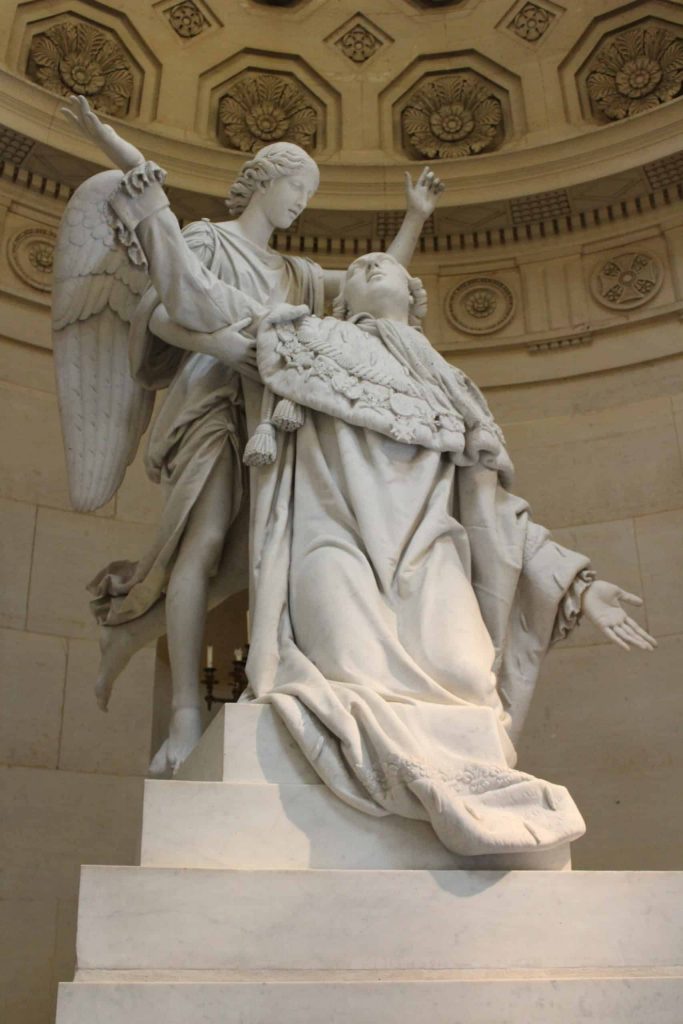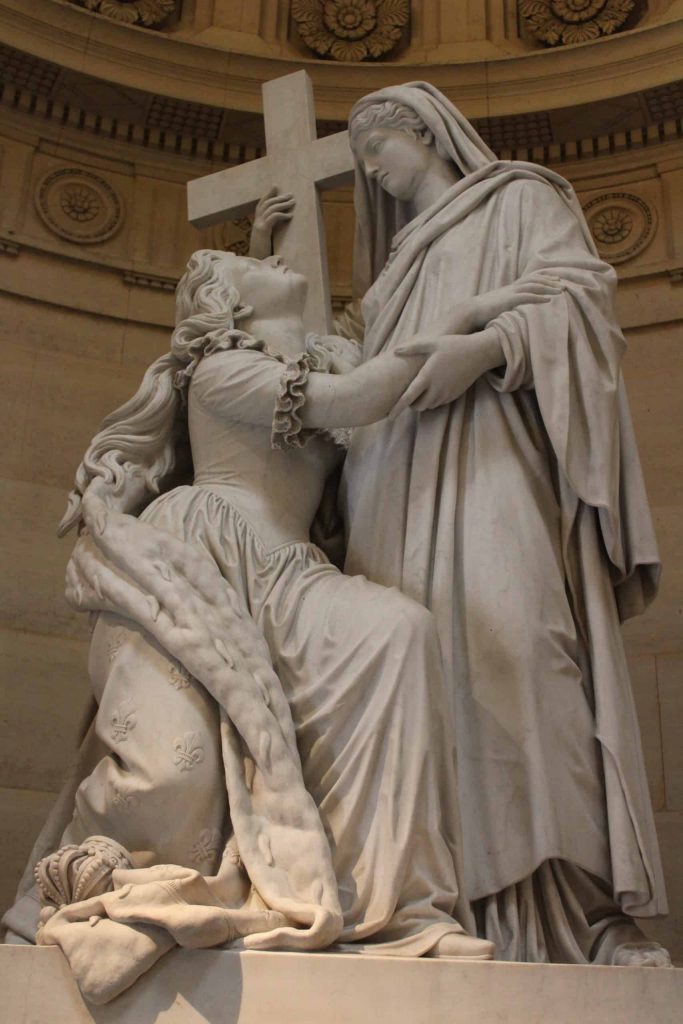One of the most dramatic events of the French Revolution was the execution of King Louis XVI and his wife, Marie Antoinette. The royal couple died on January 21st and October 16th of 1793, respectively, on Place de la Revolution. Today, those wishing to pay their respects to the former King and Queen often visit the now renamed Place de la Concorde, or the Basilica of Saint-Denis, where their remains were interred in 1815. However, there’s another site that is relatively unknown in Paris, even among locals. The Chapelle Expiatoire is located in the 8th arrondissement, and it is a must see for anyone who is a fan of the history of the French monarchy.
The Bloody History of the Revolution
The guillotine was the favoured method of execution during the French Revolution. Ten of thousands of Parisians died at the end of its blade in the late 18th century. Louis XVI and Marie Antoinette were just two of the most famous victims. The bodies of those executed by guillotine were buried in four cemeteries across the city. The King and Queen were buried at the Madeleine Cemetery, just north of Place de la Concorde. In 1814, King Louis XVIII came to power with the restoration of the French monarchy. A year later, he ordered his deceased brother and sister-in-law to be reburied in the Basilica Saint-Denis with the rest of the kings and queens of France.
In 1816, Louis XVIII decided to honour the memory of the ill-fated royal couple. He commissioned architect Pierre-François-Léonard Fontaine to design a monument that was to be built over the former location of the Madeleine Cemetery. It was named the Expiatory Chapel, meaning to make amends, and it was inaugurated in 1826. The cost of its construction was shared between the King and the sole surviving child of Louis XVI and Marie Antoinette, Marie-Thérèse.

The Chapelle Expiatoire attracts far less attention today than other royal sites in and around Paris, but it is well worth a visit. In particular, there are two statues inside the chapel that are stunningly beautiful. One is of Louis XVI being borne to immortality by an angel, with his last will and testament inscribed in the base. The other depicts Marie Antoinette kneeling before a representation of religion. Inscribed in its base is the final letter written by the Queen, in which she writes of her unfailing love for her children. Both of these inscriptions are written in French, but the sentiment is clear. These are the words of a doomed King and Queen.

The Chapelle Expiatoire is not as impressive as Versailles or as steeped in history as the Basilica of Saint-Denis. As such, it is often overlooked in the history of Louis XVI and Marie Antoinette in Paris. Personally, I think this is such a shame. This monument is a beautiful commemoration of the former royal couple, as well as a quiet place of reflection right in the heart of the city. If you find yourself in the 8th arrondissement in the near future, I hope you’ll stop in for a visit.
_______________________________________________________________
Laura Moore is a professional storyteller who loves history and the many stories that make Paris one of the most fascinating cities in the world. Join one of her signature tours to learn the story of a city.




